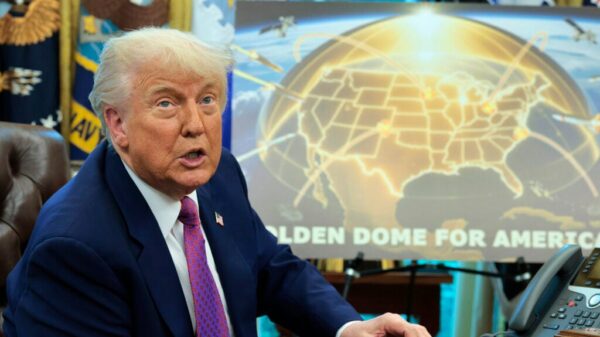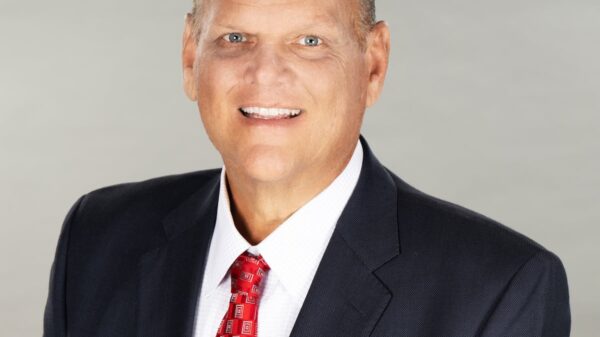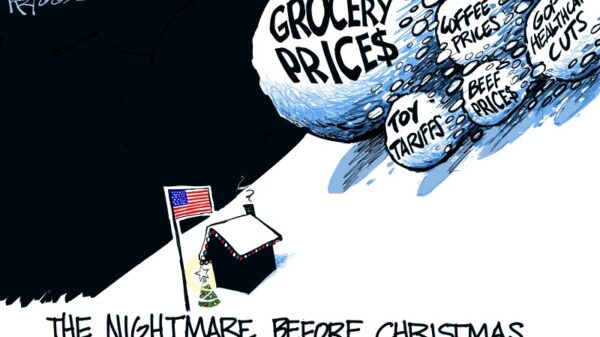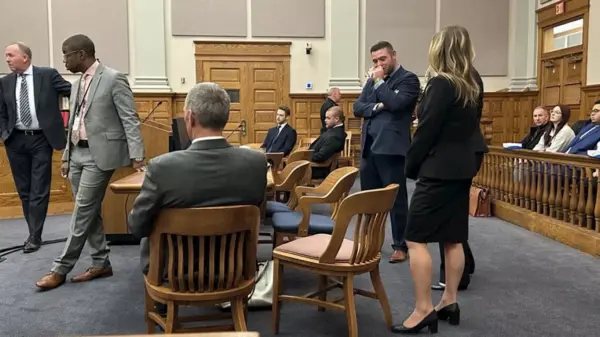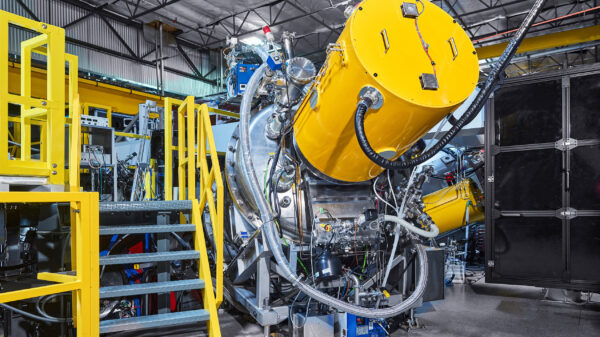Concerns are escalating among NASA staff as the ongoing U.S. federal government shutdown leads to the potential disposal of vital scientific equipment at the Goddard Space Flight Center (GSFC) in Maryland. Internal communications reviewed by CNN reveal that numerous buildings on the GSFC campus, which plays a crucial role in missions such as the Hubble and James Webb space telescopes, are being emptied without notice.
Among the equipment at risk is the ElectroMagnetic Anechoic Chamber (GEMAC), essential for testing spacecraft antennas. One source described the situation as akin to “taking a Maserati to the junkyard to get crushed because your driver’s license expired.” The GEMAC, which remains fully operational, has supported various missions for decades and could continue to do so for many more years.
Staff members are voicing fears that the closures could jeopardize future NASA missions. A draft letter from the international space science advocacy group Advancing Earth and Space Science warns that the loss of access to critical equipment may threaten ongoing and planned research initiatives. This includes the launch of the Nancy Grace Roman Space Telescope, which is set to succeed the James Webb Telescope, and the Dragonfly program, which aims to send a large helicopter drone to explore Saturn’s largest moon.
Despite these concerns, a NASA spokesperson stated that the closures are part of a strategic consolidation plan that will not affect current projects. Approximately 100 laboratories across 13 buildings on the GSFC campus, which has over 30 structures, are facing shutdown. Many of these buildings were not scheduled for closure until the early 2030s.
As morale among staff declines, there is growing anxiety about the Trump administration’s approach to NASA during the shutdown. Employees worry that they may not receive compensation for unpaid labor due to the ongoing budget impasse. One engineer articulated the gravity of the situation, stating, “Getting rid of Goddard removes the entire nation’s capability to build, develop and analyze data from space science satellites.” Another employee expressed that the rapid downsizing feels like an “existential crisis,” fearing that Goddard may cease to exist in its current form.
Critics of the budget cuts note that the rapid downscaling may not yield financial savings. A source within NASA remarked, “I can’t understand why our management would want to internally sabotage our capabilities. They haven’t communicated any rationale other than they’re trying to save money, but the things they’re doing don’t actually seem to save money.”
The future of NASA hangs in the balance as experts warn that the White House’s budget proposal for fiscal year 2026 could severely impact the agency. The American Astronomical Society has indicated that funding for NASA’s science programs may be slashed by more than half, potentially reducing Goddard’s science staff by 42 percent. The Planetary Society has labeled the proposed budget as “nothing short of an extinction-level event for space science and exploration in the United States.”
Although the budget has not yet been finalized, there is significant concern among NASA insiders that the Trump administration may proceed with its plans regardless. In response to these challenges, a NASA spokesperson indicated that the agency is “planning for multiple FY26 scenarios” while ensuring compliance with existing laws. As the situation evolves, the implications for NASA’s mission and the future of space exploration remain uncertain.







